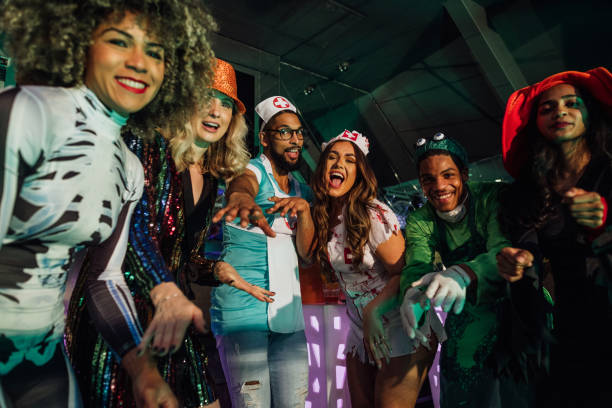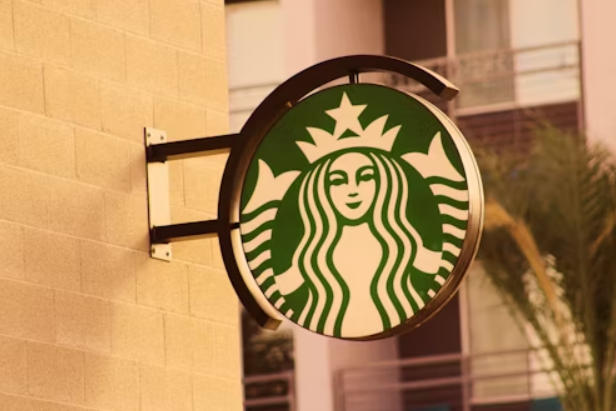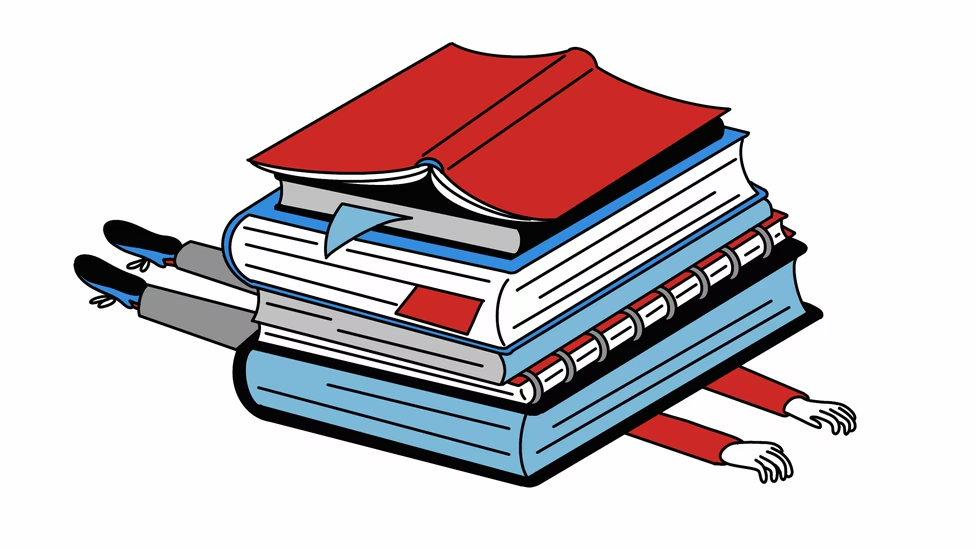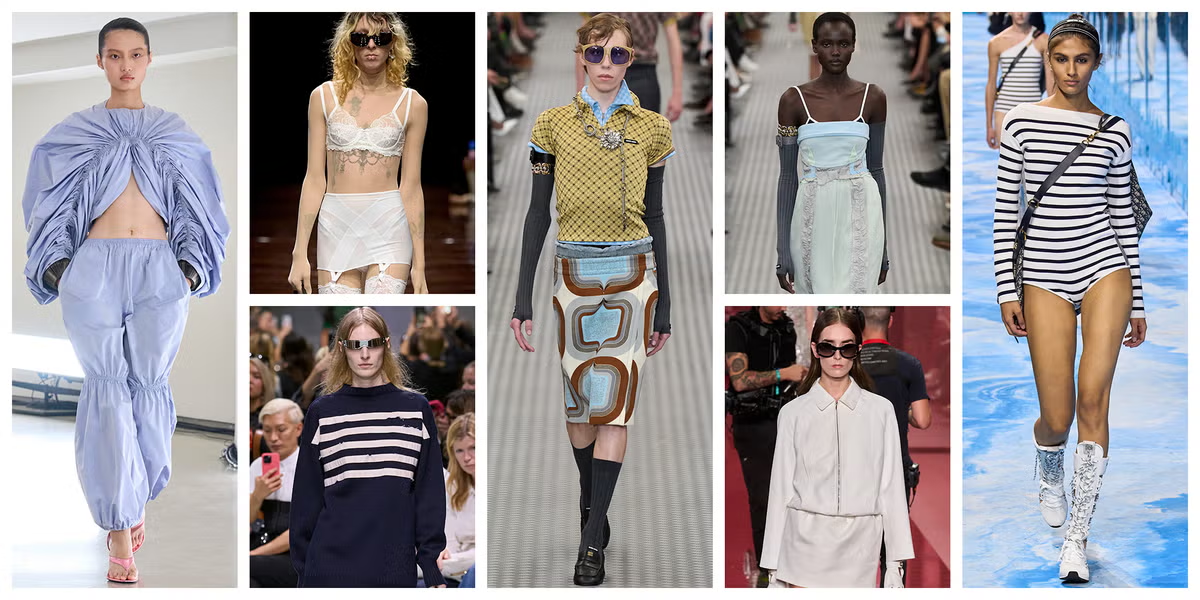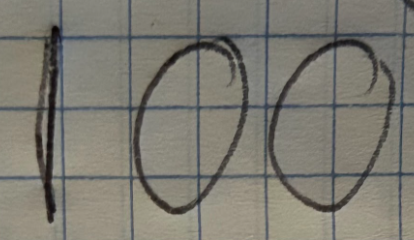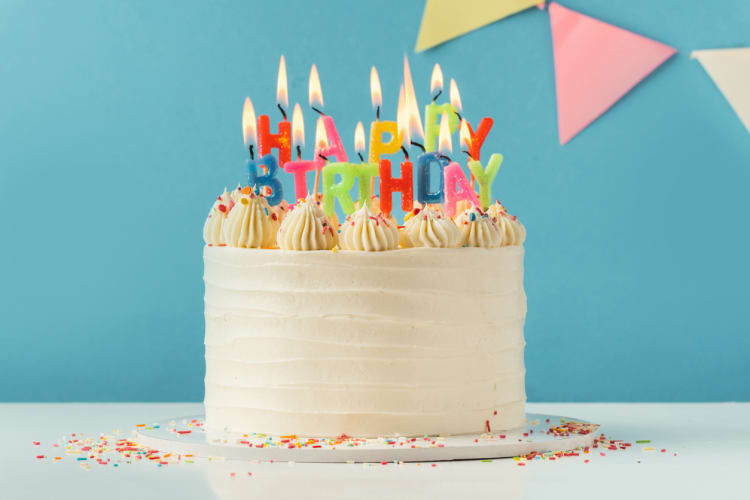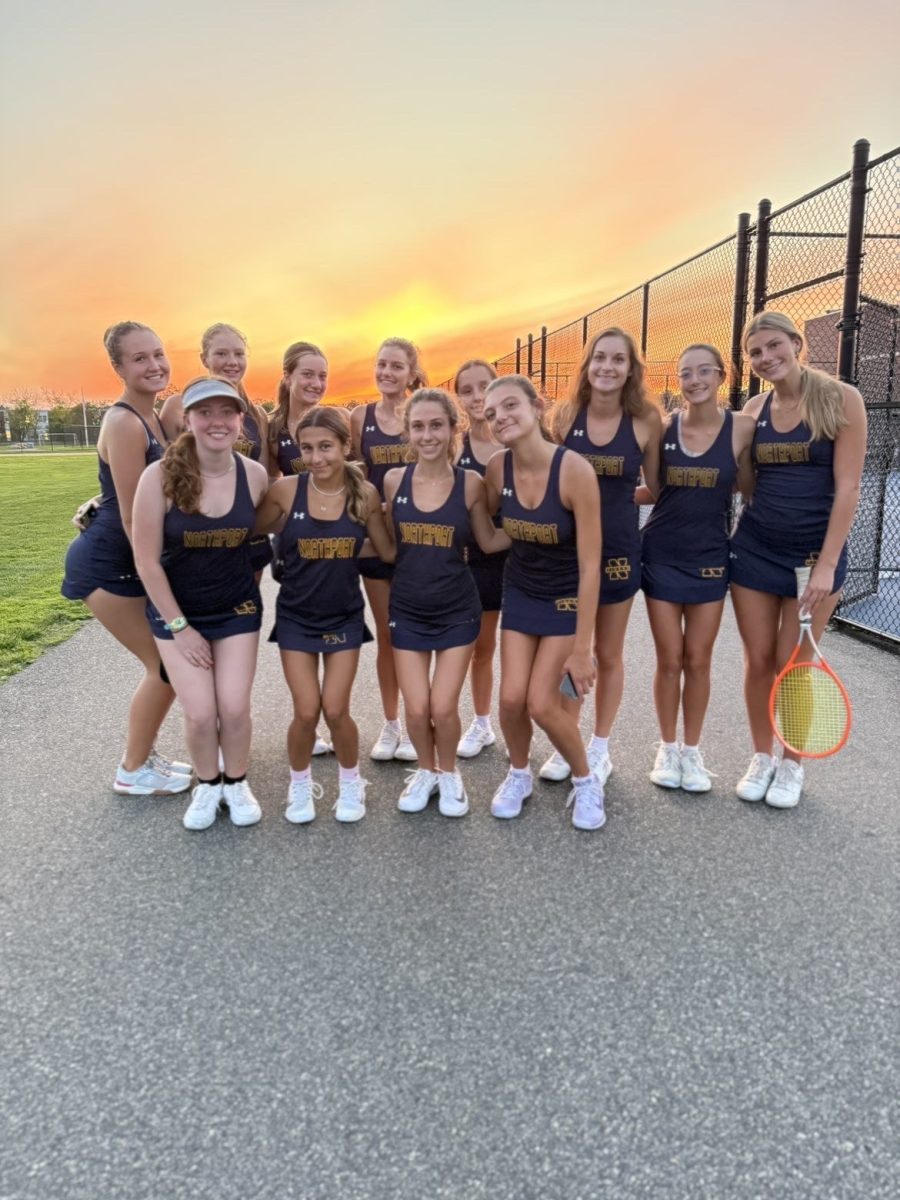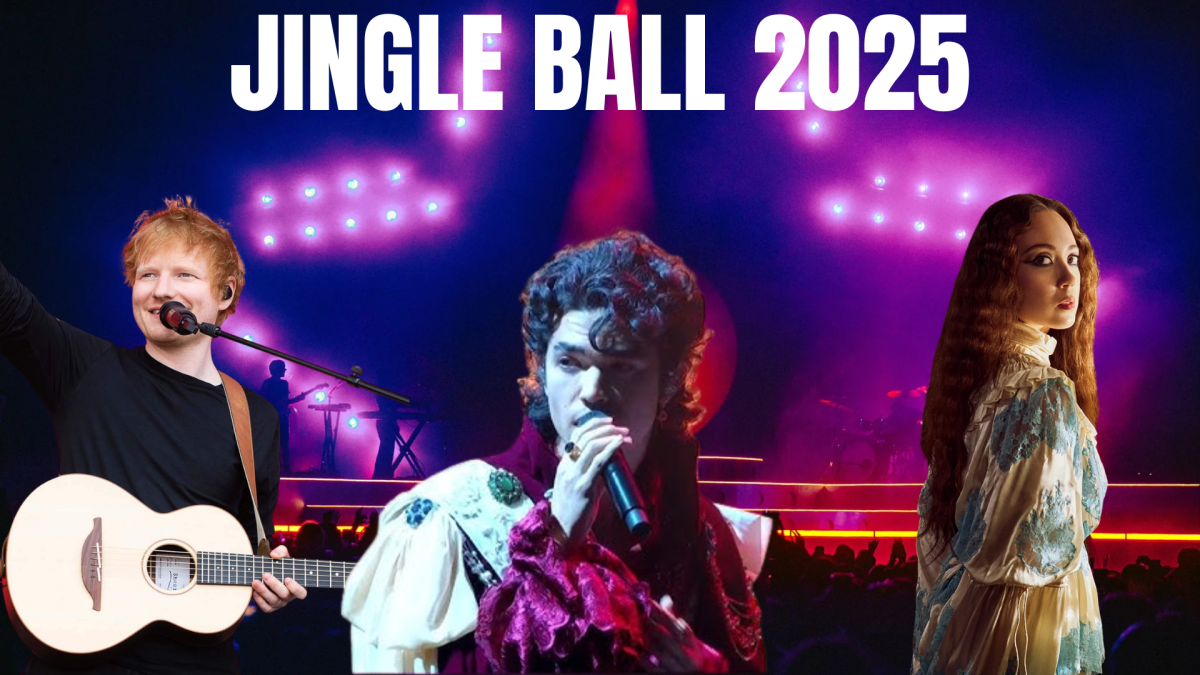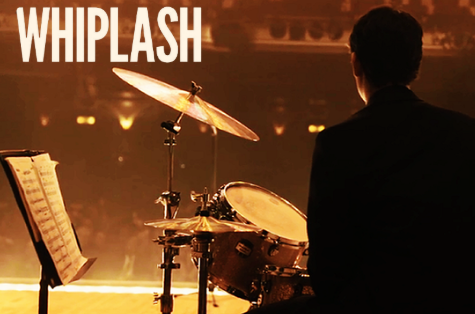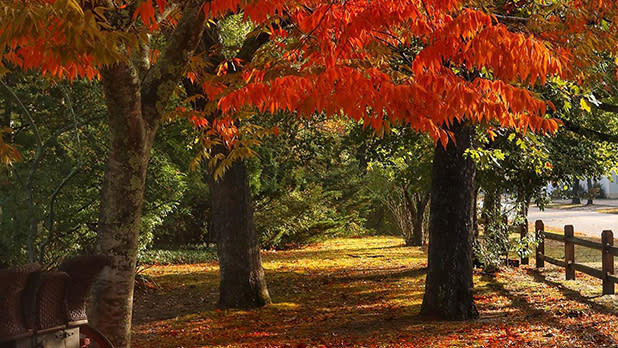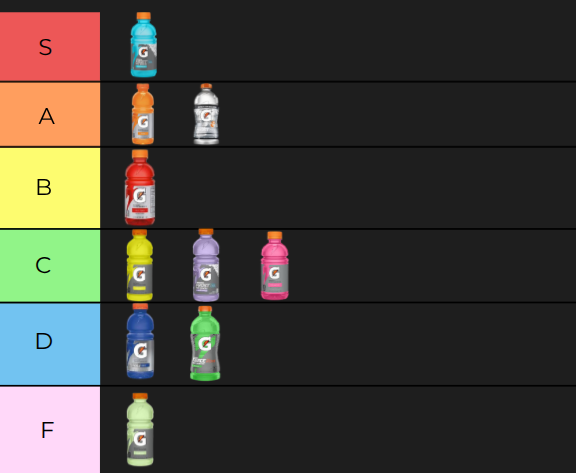There’s a hidden message behind what you dress as for Halloween. Whether a person realizes or not, costume trends reveal greater societal trends and values. A boost in superhero costumes might indicate that people are seeking security and personal strength, and more costumes from a certain movie clearly shows that movie’s popularity and recognizability.
With early Halloween costumes, the goal was to be completely disguised. Costumes were almost entirely homemade, and masks were a staple of any costume. These early costumes relate back to the holiday’s religious beginnings. According to Marianna Cerini’s article with CNN Style, “costumes from the first half of the 20th century were terrifying. Drawing on the holiday’s pagan and Christian roots – as a night to ward off evil spirits or reconcile with death, respectively – people often opted for more morbid, serious costumes.”
Costumes weren’t just “scary,” they were grotesque, creative, and horrifying.
As American pop culture began to infiltrate society around the 1940s, costumes that referenced pop culture grew in popularity although these costumes were still largely homemade. But it wasn’t until the 1950s, when the effects of the Great Depression had lessened for many families, that “boxed costumes” became a viable option. These were mass-produced and sold at department stores for children and adults to buy and wear.
From here, it became very obvious the effect of societal shifts on Halloween costumes. The modesty level of Halloween costumes (similar to the “hemline index”, which is a theory that women’ skirt hemlines rise and fall with stock prices) correlates to social standards, specifically for women. In Becky Little’s article about Halloween costumes, she mentions that revealing costumes “were common from the 1960s onward” and that store-bought provocative costumes became “an established commercial product“ around the 1990s. Lauren Sherman says in her Fashionista article that the 1960s were a time where women sought freedom from oppressive gender standards, and new fashion trends like the bikini or the mini skirt support this. The introduction of revealing Halloween costumes in the 60s convey a societal shift towards female liberation and the start of purity culture’s decline in popularity.
But what does that mean for today’s costumes? Google’s search trends reveal that this year, costumes from KPop Demon Hunters take up the top five spots. This might indicate that as a society, people are craving new concepts and fresh ideas as opposed to reboots and remakes. As the movie was meant for children, this also may indicate that adults are seeking costumes that bring out their inner child, and therefore longing for comfort or escapism. Also high on the list is the Lorax, founding father costumes, and other generally comedic ideas. This could show that values like confidence, creativity, and individuality are on the rise. The trend circles back to the disguise-based costumes of decades ago. Similarly, scary costumes such as characters from the horror game Silent Hill are popular this year. Beyond indicating a return to the holiday’s roots, the popularity of scary costumes shows that people feel more free to subvert social norms by dressing as the complete opposite of themselves.
Not every individual costume has a specific meaning. However, costume trends as a whole do reveal things about society, and it’s fascinating to know how our individual decisions convey larger themes. A Halloween costume isn’t an outfit, it’s a representation. So on October 31, what will you represent?

